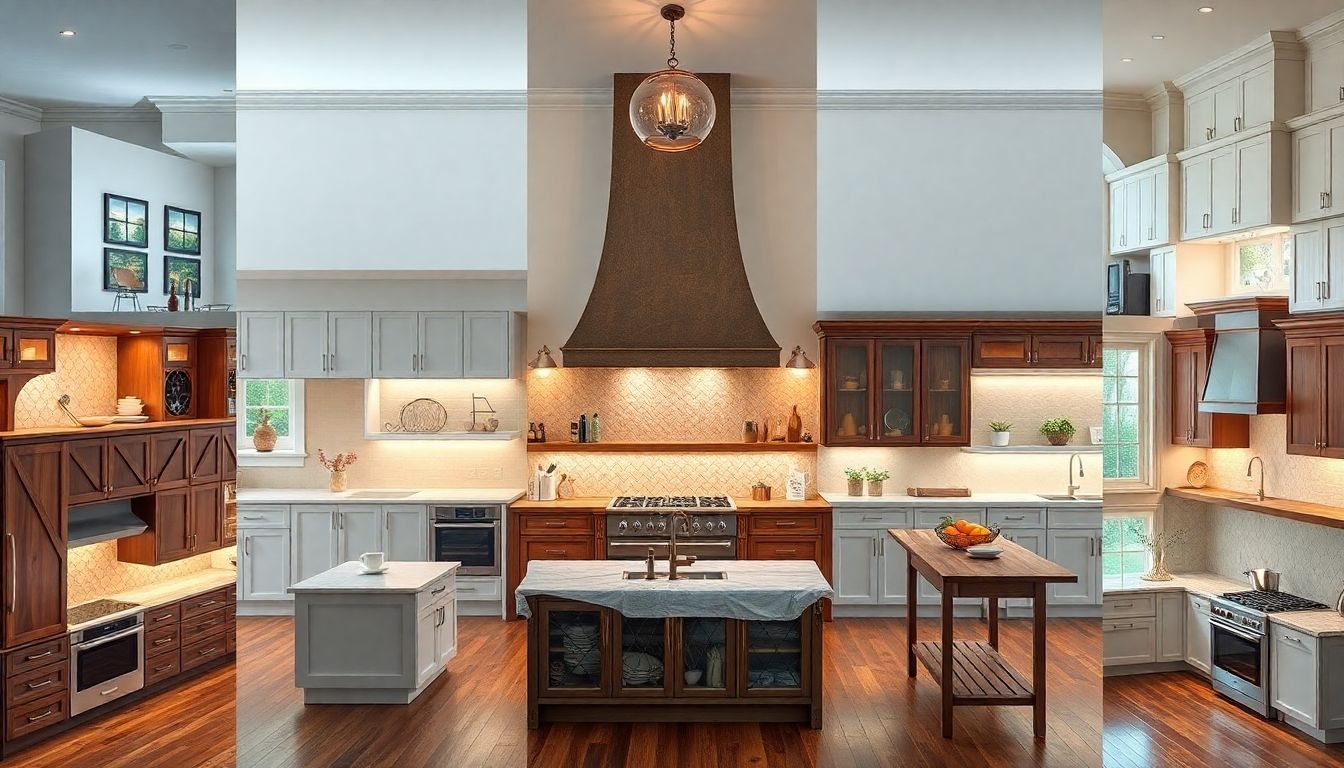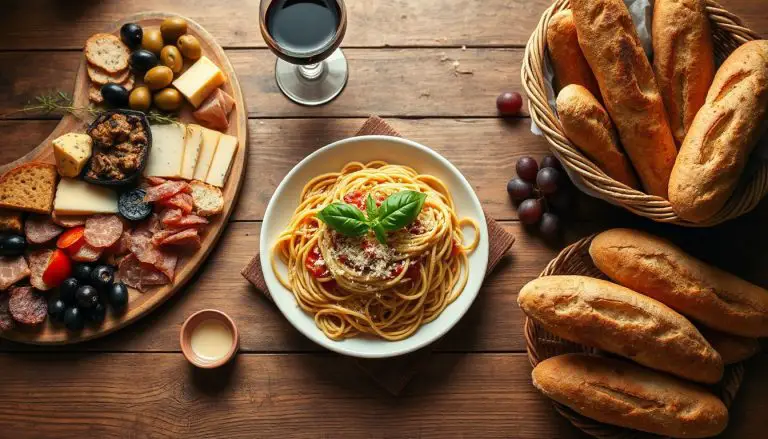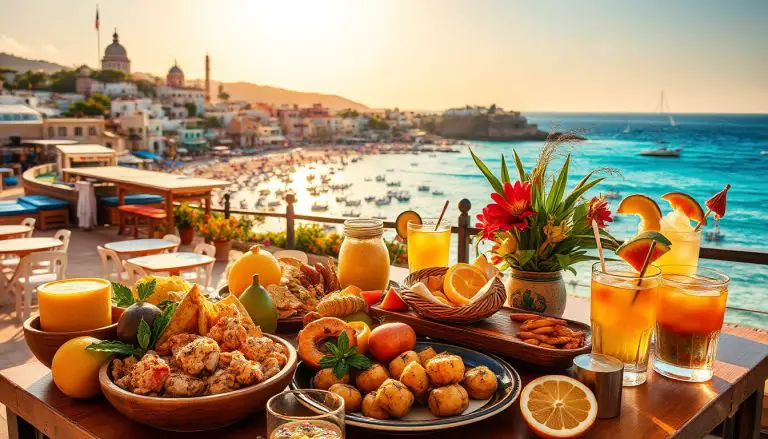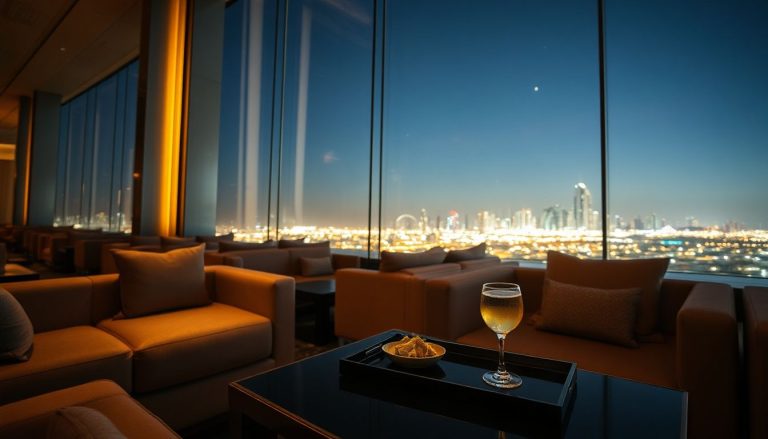
Top 10 Kitchens in the World: Culinary Design and Innovation
Ever wonder what makes a kitchen truly great? It’s more than just fancy gadgets. It’s about a space that fuels creativity and efficiency. A well-designed kitchen can inspire chefs to push culinary boundaries. This article explores ten remarkable kitchens across the globe. Discover their unique features and how they impact the culinary world.
1. The Alchemist Kitchen, Copenhagen
The Alchemist is known for its avant-garde cuisine and theatrical dining experience. The restaurant’s design, including the kitchen, reflects a holistic vision. Everything about the restaurant supports the chef’s artistic expression. The chefs are equipped for their art and craft.
Innovative Layout and Workflow
The Alchemist’s kitchen boasts a streamlined layout. It maximizes collaboration among chefs. Every station is thoughtfully placed. High-tech equipment boosts efficiency. This setup allows chefs to work cohesively. The design promotes innovation and precision.
Sustainable Practices and Materials
Sustainability is a priority here. The kitchen features energy-efficient appliances. Waste reduction systems are in place. Eco-friendly materials were used in construction. The Alchemist demonstrates a commitment to environmental responsibility. They show that fine dining can also be eco-conscious.
2. French Laundry Kitchen, Yountville, California
The French Laundry is a culinary institution. It consistently sets high standards. Chef Thomas Keller’s influence is palpable. The kitchen plays a vital role in its success. This kitchen is where food becomes art.
State-of-the-Art Equipment and Technology
This kitchen is loaded with tech. Advanced equipment ensures consistent quality. Precision is paramount in every dish. The equipment helps chefs to repeat perfection. Such tech advances help the restaurant thrive.
Design for Culinary Education and Training
The French Laundry emphasizes education. The kitchen facilitates training for its staff. Young cooks learn from seasoned professionals. The design fosters mentorship and skill development. This commitment to growth is evident here.
3. Noma 2.0 Kitchen, Copenhagen
Noma 2.0 embraces foraging and seasonality. Unique ingredients take center stage here. The kitchen reflects this philosophy. It celebrates nature’s bounty.
Integration with Foraging and Ingredient Sourcing
The design accommodates unique ingredients. Specialized storage preserves freshness. Dedicated areas are for prepping foraged items. This setup addresses the challenges of seasonal cooking. They honor ingredients at their peak.
Open Kitchen Concept and Guest Interaction
Noma 2.0 features an open kitchen. Guests connect with the chefs. They learn about the culinary approach. This interaction enhances the dining experience. Diners gain insight into their food’s journey.
4. Gaggan Anand Restaurant Kitchen, Bangkok (Former)
Gaggan Anand pushed Indian cuisine’s boundaries. The restaurant may be closed, but its impact remains. Its kitchen was a hub for innovation. Progressive techniques were standard.
Molecular Gastronomy and Experimental Techniques
Molecular gastronomy was key here. Specialized equipment supported experiments. Chefs deconstructed and reimagined dishes. This approach redefined Indian cuisine. The creativity was impressive.
Fusion of Tradition and Innovation
This kitchen blended old and new. Traditional methods met modern techniques. The design facilitated this fusion seamlessly. The result was a unique dining experience. They honored their roots while pushing boundaries.
5. Sublimotion Kitchen, Ibiza
Sublimotion offers immersive dining. The kitchen is part of the show. It integrates with the theatrical presentation. The restaurant engages all five senses.
Integration with Immersive Dining Technology
The kitchen syncs with projections and sound. Interactive elements enhance the experience. Technology and cuisine work together. This creates a multi-sensory adventure. Prepare to be amazed.
Adaptability and Customization
The kitchen adapts to diverse themes. It allows for menu customization. The design fosters creativity. The possibilities are endless. Each meal is a unique performance.
6. Core by Clare Smyth Kitchen, London
Core by Clare Smyth emphasizes elegance. Precision is paramount here. The kitchen reflects this philosophy. It’s a space designed for excellence.
Ergonomic Design and Chef Comfort
Ergonomics are a priority. The kitchen prioritizes chef well-being. Adjustable workstations enhance comfort. Natural light fills the space. Happy chefs make great food.
Focus on Precision and Detail
The design supports precise cooking. Specialized tools aid accuracy. Every detail matters here. The result is refined and exquisite dishes. Perfection takes center stage.
Conclusion
Top kitchens share key features. Innovation is a common thread. Functionality is essential. Aesthetics matter too. Cultural relevance plays a role. Kitchen design enhances culinary creativity. It elevates the dining experience. The future of kitchen design is bright. It will continue to transform the culinary world.







